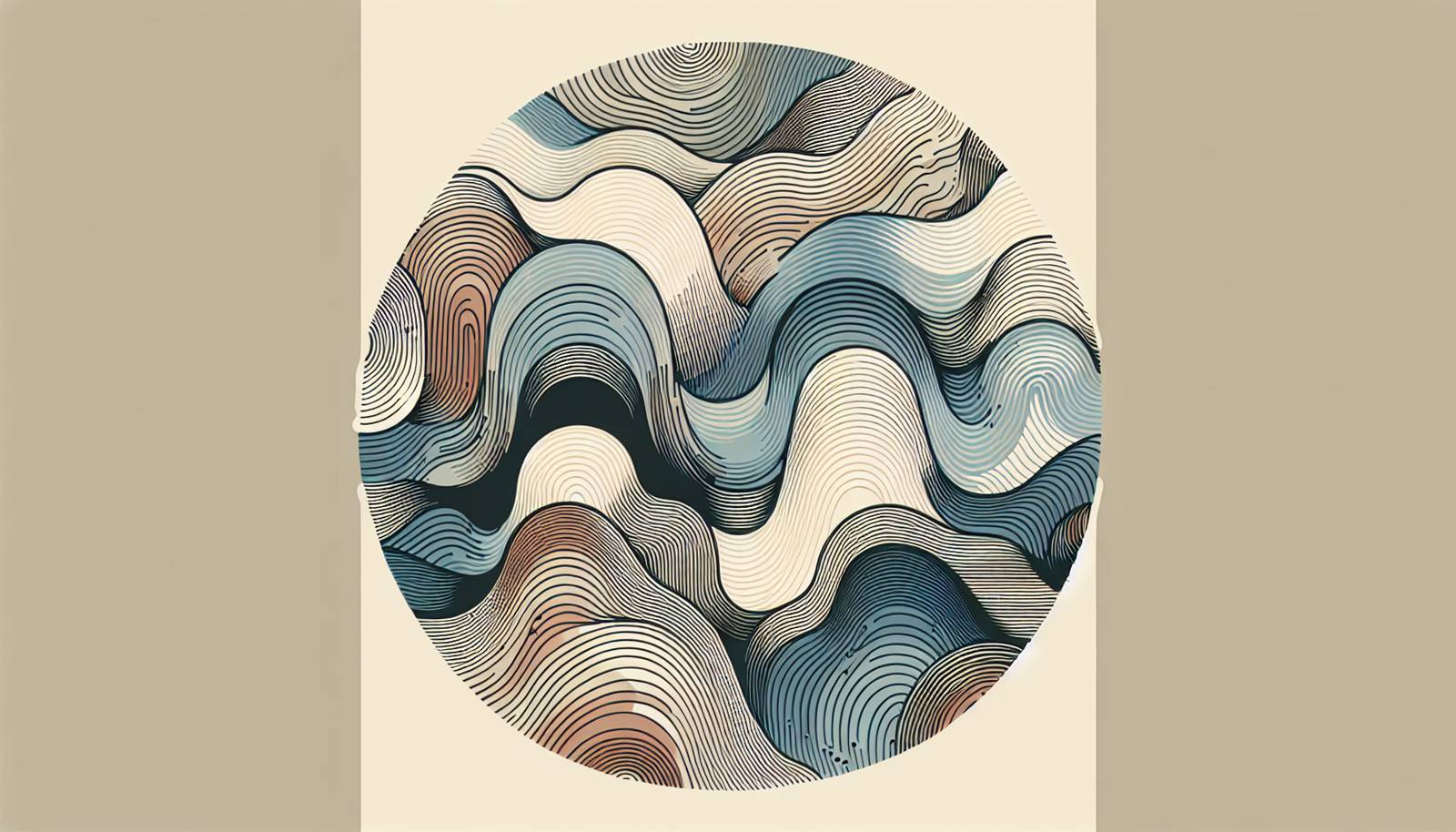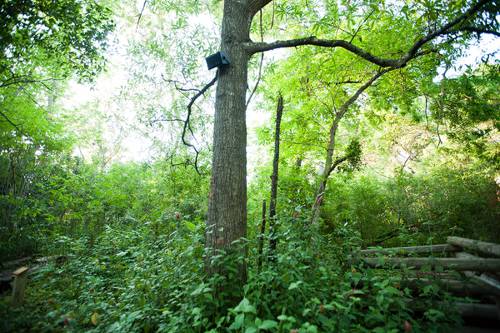
FAQ About The Role of Sound Art in Contemporary Culture

What is sound art?
Sound art is a genre of art that uses sound as its primary medium. It combines aspects of music, sound design, and visual arts to create immersive experiences. Sound art installations often engage with the listener's environment and use auditory elements to convey artistic expression.

How did sound art originate?
Sound art emerged in the 20th century, drawing from experimental music, visual arts, and performance art. The Futurists in the early 1900s, notably Luigi Russolo, were among the earliest to explore noise and non-traditional sound as artistic elements. Its development continued alongside technology advancements, influencing its presence in contemporary culture.

What distinguishes sound art from music?
While both sound art and music use sound as a medium, sound art typically focuses on the conceptual and experiential aspects of sound. Music tends to follow structured compositions intended for auditory consumption, whereas sound art may include ambient, environmental sounds and non-musical audio to create a holistic art installation.

Where is sound art typically exhibited?
Sound art is showcased in various venues, including art galleries, museums, and public spaces. It is designed to interact with its location, offering attendees an immersive experience that resonates with the environment. Exhibitions can be temporary or permanent, depending on the artist's intent and installation feasibility.

How does sound art engage with its audience?
Sound art engages audiences by providing immersive and interactive experiences. Listeners are often encouraged to explore the space, which changes their perception of the sound elements. The art piece relies on the listener's perception, creating a unique experience for each individual.

What are some examples of notable sound artists?
Notable sound artists include John Cage, who integrated silence and unconventional sounds into music; Laurie Anderson, known for multimedia projects combining sound and performance; and Janet Cardiff, who creates intricate sound installations and walks that engage spatial awareness.

How has technology influenced sound art?
Technology has profoundly impacted sound art, enabling artists to explore and manipulate sound in innovative ways. Digital audio tools, software for sound generation and manipulation, and interactive installations have expanded the boundaries of sound art, allowing for more complex and multi-layered experiences.

How is sound art perceived in contemporary culture?
In contemporary culture, sound art is increasingly recognized as a significant and valid form of artistic expression. Its ability to engage audiences in novel ways, coupled with technological advancements, has led to wider acceptance in mainstream and avant-garde art contexts. Sound art challenges traditional notions of art by prioritizing sensory and spatial engagement.

What role do public spaces play in sound art installations?
Public spaces serve as key venues for sound art installations, allowing artists to interact with diverse audiences in everyday settings. These installations often incorporate the environment's acoustic properties, blending art with community experiences. Public sound art invites spontaneous interactions, making art accessible to broader audiences.

Can sound art be considered a form of cultural commentary?
Yes, sound art can serve as a form of cultural commentary by reflecting societal themes and provoking thought on contemporary issues. Artists often use sound installations to explore political, environmental, and social topics, inviting audiences to engage in dialogue and reflection through auditory experiences.

What is the importance of soundscapes in sound art?
Soundscapes are crucial to sound art as they provide the auditory environment that shapes the listener's experience. A soundscape can include natural sounds, urban noise, or digitally created audio, all contributing to the narrative and emotional impact of the art piece. Soundscapes enhance immersion and help convey the artist's message.

How does sound art challenge traditional art forms?
Sound art challenges traditional art forms by prioritizing auditory experiences over visual ones, breaking free from tangible art pieces such as paintings or sculptures. It encourages a sensory engagement that is dynamic and often ephemeral, prompting reconsideration of what constitutes art and how it is experienced.

What materials and tools are commonly used in creating sound art?
Sound artists use a variety of materials and tools, including microphones, speakers, software for sound editing, and digital instruments. They may also utilize unconventional materials like resonant surfaces or found objects to produce or manipulate sounds, integrating technology and creativity into their art processes.

How can sound art influence emotions and perceptions?
Sound art possesses a unique ability to influence emotions and perceptions through its sonic elements. The choice of sounds, rhythms, and frequencies can evoke different emotional responses, guiding listeners through various sensory narratives and altering their perception of time and space within the installation.

What educational opportunities exist for learning about sound art?
Educational opportunities for sound art include university and art school programs focusing on sound design, new media, and contemporary art. Workshops and online courses also offer training in sound art techniques and technologies, providing aspiring artists with the skills needed to explore this innovative art form.

How do artists integrate visual elements into sound art installations?
Artists often integrate visual elements into sound art installations to create a cohesive sensory experience. This can include video projections, lighting effects, or interactive components that respond to sound. By combining visual and auditory stimuli, artists enhance the immersive quality and narrative depth of their installations.

What are some challenges faced by sound artists today?
Sound artists face several challenges, including the need for technical expertise with sound equipment and software. Additionally, the ephemerality of sound art can be a barrier to traditional art markets, which often prefer tangible works. Artists also need to find suitable venues that support the acoustics and technical requirements of their installations.

How do sound artists collaborate with other disciplines?
Sound artists often collaborate with professionals from various disciplines, such as visual artists, dancers, and technologists. These collaborations can result in interdisciplinary projects that expand the boundaries of sound art. Working across fields allows for innovative integration of sound and other media, enriching the artistic dialogue.

How do acoustic properties affect sound art installations?
The acoustic properties of a space greatly influence sound art installations. Artists must consider factors like reverberation, spatial distribution, and ambient noise to ensure that the sound behaves as intended. This attention to acoustics is crucial for creating an immersive experience that aligns with the artist's vision.

How can individuals experience sound art outside galleries or museums?
Individuals can experience sound art outside traditional venues through public installations, sound walks, and online platforms. Many artists share their work via digital media, allowing global audiences to engage with their creations remotely. Interactive apps and virtual reality also provide alternative ways to explore sound art.
